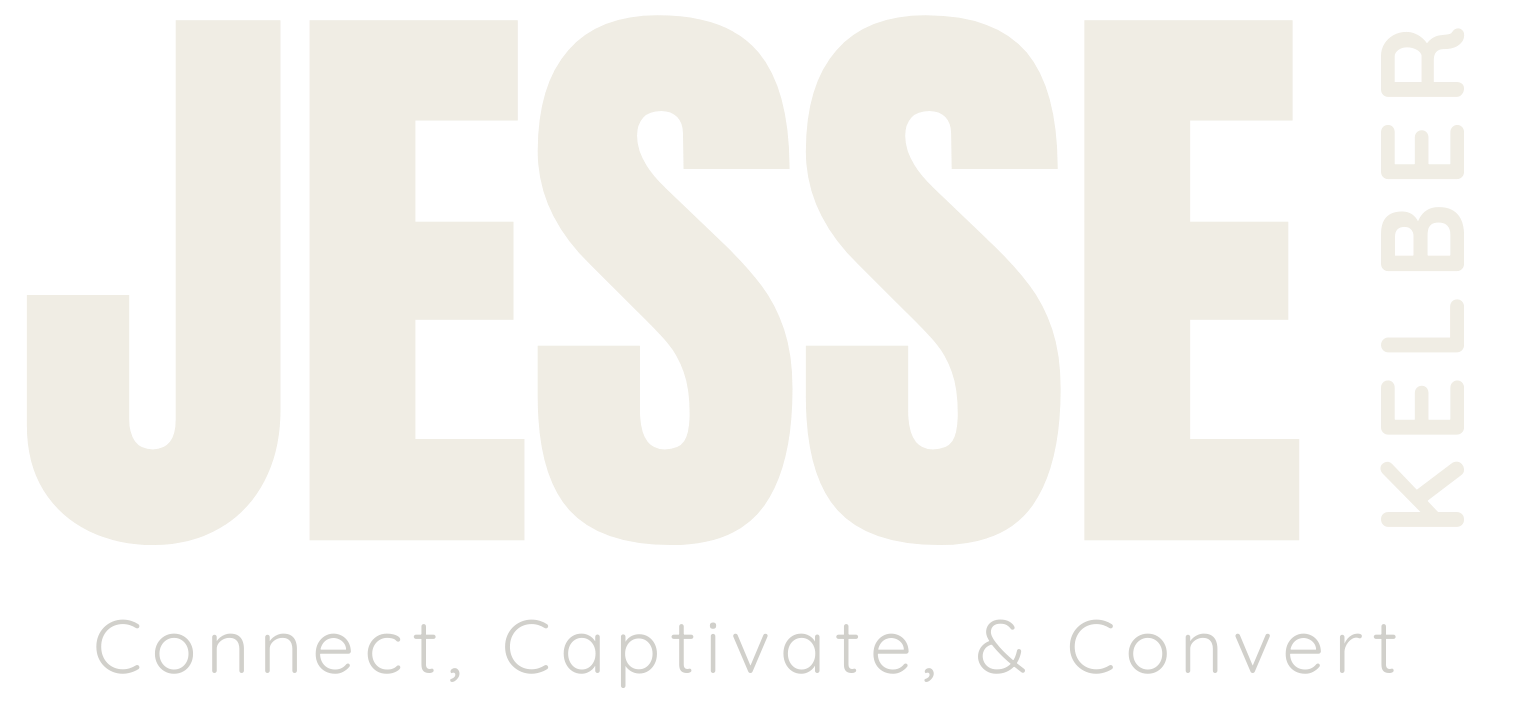
You know you need to start turning out some great content. You also know you’re going to need a solid strategy behind that content so it’s not just a random post, mixed with unrelated social posts, then wrapped a cozy blanket of zero clicks and even fewer conversions.
What’s a person to do, right?
Well, for starters, you could take a step back and realize how silly that sounds. But then you could set about creating your very own content strategy to ensure you create pieces that hit your audience right in the feels.
And by feels, of course, I mean pain points.
“But Jesse,” I can hear you muttering under your breath, “I have zero background in content marketing, or marketing in general for that matter, let alone writing, and wouldn’t even know where to start.”
Let’s do this.
1. Identify your target audience
I know, I know, this is really marketing 101-level stuff. But hear me out—if you don’t know who you’re talking to, how will you know what to say? Only by doing at least a rudimentary level of audience research will you start to come to terms with, well, what terms to use, what jargon to avoid, and what pain points to address.
Create buyer personas. By thinking through their specific challenges and pain points, figuring out what questions they would ask about your product, and where they spend their time online, you will start to see your audience as the individuals they are.
Get to know your audience. Once you know who you’re aiming at, go out and meet some of them. Put the word out through your network, post about it on social media, whatever means you have to compile a list of potential audience members…do it. Then ask questions and, crucially, listen to the answers.
2. Define your content goals
Why are you doing this in the first place? Now’s the time to work it out before you get too deep in the weeds of writing pieces that might be properly targeted but lack real substance. If you’re going to wow your audience with your deep industry knowledge, you have to have somewhere to point them. Do you want clicks? Do you want demo bookings? Now’s the time to work that out.
Decide on a short list (3-5 max) of goals for your content program. If you’re looking to build general brand awareness, you’ll be writing very different articles than if you’re aiming to generate direct leads. The more specific the goals, the better you can hone your writing to help achieve them.
Make sure your goals are SMART. Again, marketing 101 stuff here, but it applies directly to creating a content strategy that can move the proverbial needle. Specific, Measurable, Achievable, Relevant, and Time-bound goals will help more than nebulous ideas. Instead of “drive new client demo calls,” go with “increase demos by 20% in Q2.”
3. Focus on quality content that directly answers audience questions
Remember those audience research interviews you conducted? Here’s where they come into play, as you’re going to use the exact questions they asked to power your content. If 7 out of 10 asked a form of the question, “How can AI help my company survive a wild market swing?” and your product is an AI-powered dashboard that identifies coming market swings with predictive analytics, you’re pretty well situated to answer that question, aren’t you?
Create content that genuinely helps people solve problems. The problem is market swings, the solution is using predictive analytics. Nowhere in there do you talk directly about your widget, not yet anyway.
Consider using the “pillar and cluster” approach to content design. The pillar refers to deep dives into the major topics you identified in your audience research as affecting your audience, while the clusters focus on more tangential, yet related, content pieces. “AI in the warehousing industry” would be your pillar, while “Algorithms for predicting shelf space needs” would be a piece of cluster content.
4. Create a simple editorial calendar to track your content
This is my actual calendar for the Strategic Narratives blog. You can see how bare-bones it is, and that’s how it should be at this early stage. You’re looking to track what content goes out when, and where it’s posted. I’m not on social media, so I only have a column to track when I repost a piece to LinkedIn (which I clearly need to update). You make adjustments and additions for whatever platforms your research showed that your audience uses.
Develop a simple calendar. At this stage, it needs to include the piece (maybe linked to a draft file), where it’s posted, when it was published, what the CTA is (if any), and who’s responsible for it. Tweak as needed.
Start small. There’s no need for a complex or multi-tool process here. A simple spreadsheet like the one pictured above is all you need for now. You can always expand as you scale up your content program down the road. Consistency is far more crucial than volume at this stage.
5. Measure what matters with simple metrics
I know, I literally just said consistency matters more than volume, so maybe don’t measure that one just yet. You do need to have a select number of metrics that matter to follow so you can get a handle on what’s working and what’s not.
Set up basic analytics. Start with the basics and keep it simple for now. Traffic flows, time spent on page, social shares, and conversion rates will tell you what you need to know for the time being.
Regularly review your collected metrics. Yep, here’s that consistency thing again. Not only should you be posting regularly, you should be tracking those posts’ performance regularly, too. This is how you know when and how to iterate and keep your audience engaged.
The best content strategy is the one that mixes consistency, reliability, and sustainability. Focus on those three aspects of the above five steps, and you’ll be up and running with a content program that will engage and educate your audience while keeping your brand name top of mind among your audience of prospective customers.
